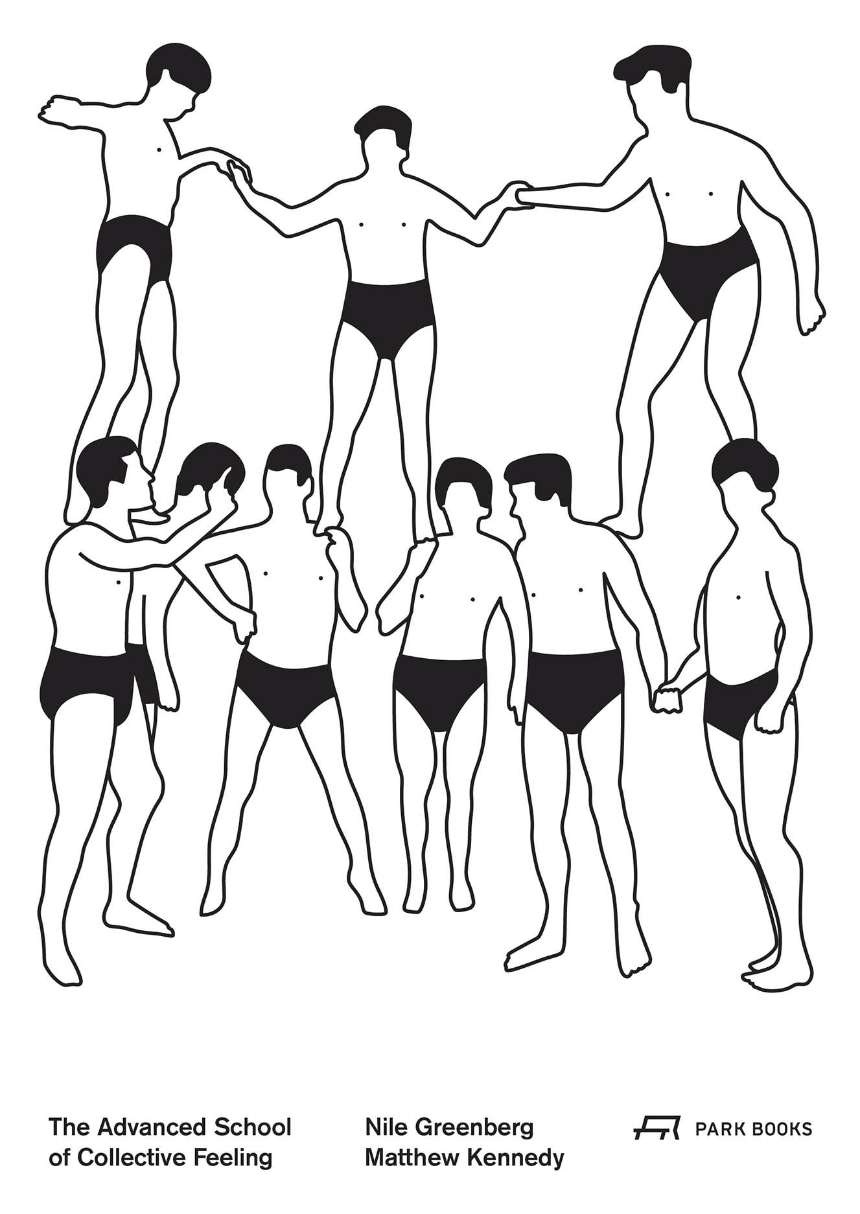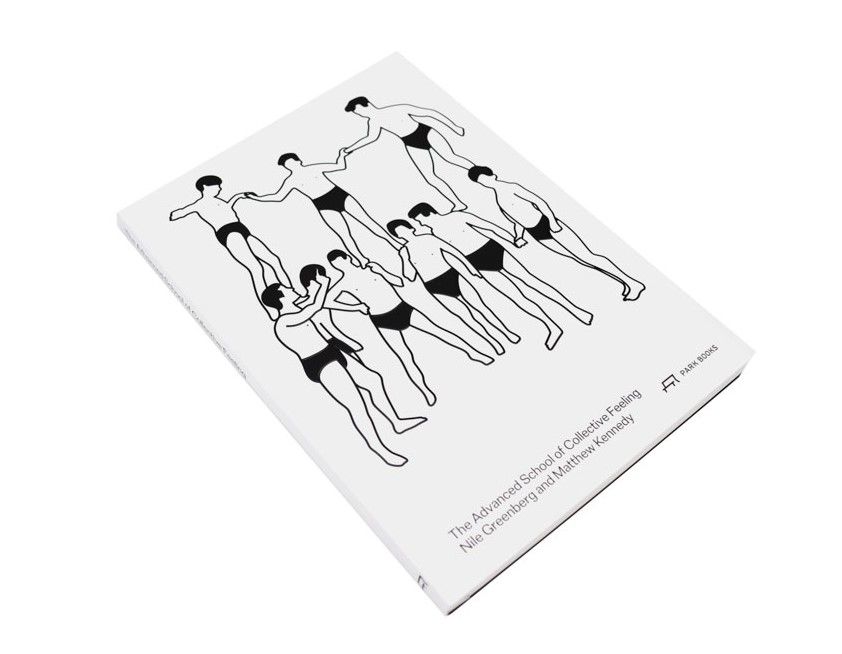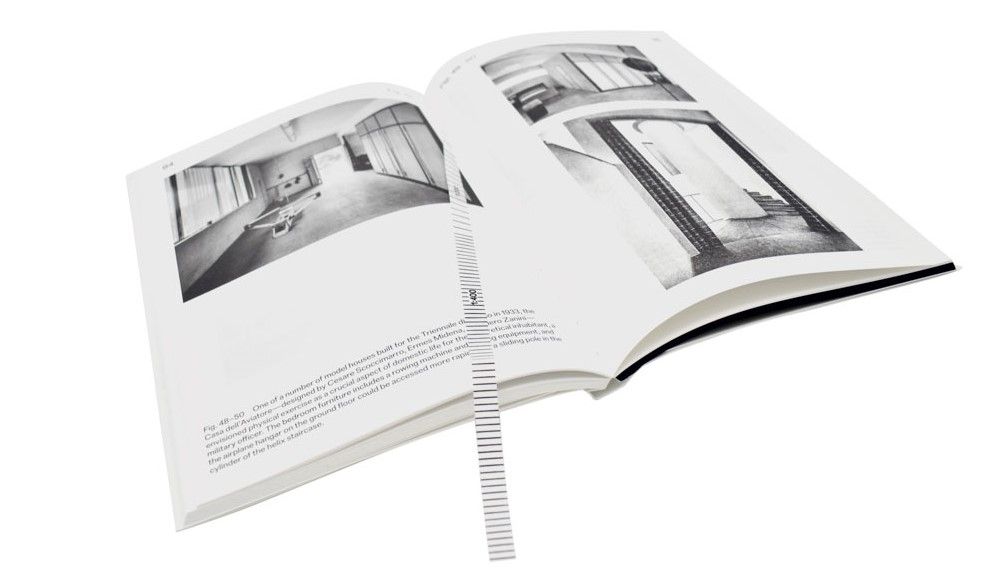9783038601074
Distributed for Park Books
The Advanced School of Collective Feeling
Inhabiting Modern Physical Culture 1926–38
A study of the effect of physical culture on modern domestic architecture.
The Advanced School of Collective Feeling explores the advent of radical new conceptions of the body—a phenomenon known in the 1920s and ’30s as “physical culture”—and their impact on the thinking of some of modern architecture’s most influential figures. Using archival photographs, diagrams, and plans, the book reconstructs a constellation of provocative domestic projects by Marcel Breuer, Charlotte Perriand, Richard Neutra, and others. This obscure chapter in the modern movement gestures towards a remarkable synthesis of the individual and the collective, a perspective that holds enormous potential for articulating an architecture of today.
The Advanced School of Collective Feeling explores the advent of radical new conceptions of the body—a phenomenon known in the 1920s and ’30s as “physical culture”—and their impact on the thinking of some of modern architecture’s most influential figures. Using archival photographs, diagrams, and plans, the book reconstructs a constellation of provocative domestic projects by Marcel Breuer, Charlotte Perriand, Richard Neutra, and others. This obscure chapter in the modern movement gestures towards a remarkable synthesis of the individual and the collective, a perspective that holds enormous potential for articulating an architecture of today.
176 pages | 121 halftones | 6.69 x 9.45 | © 2018
Architecture: American Architecture, British Architecture, History of Architecture




